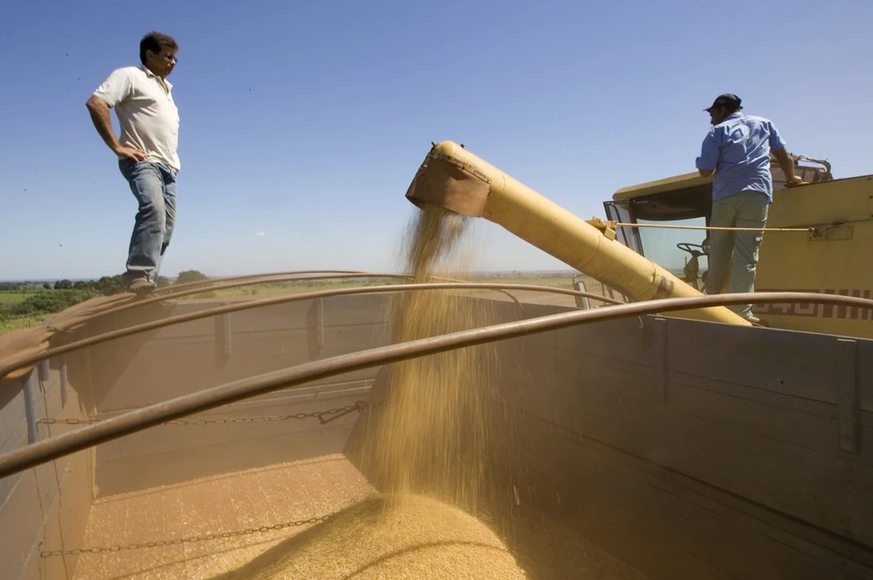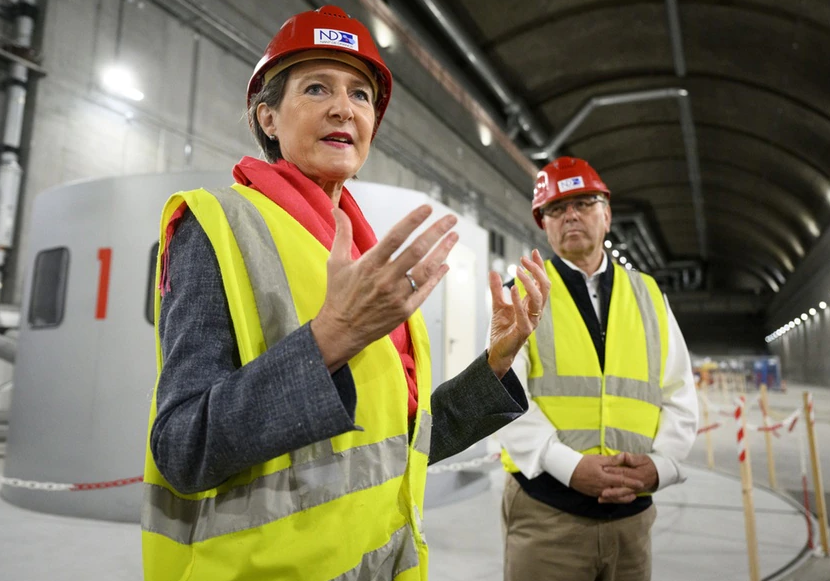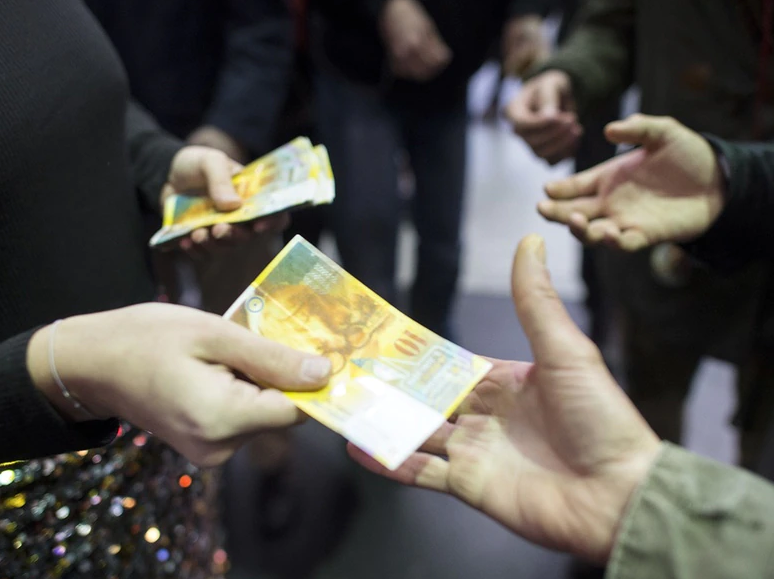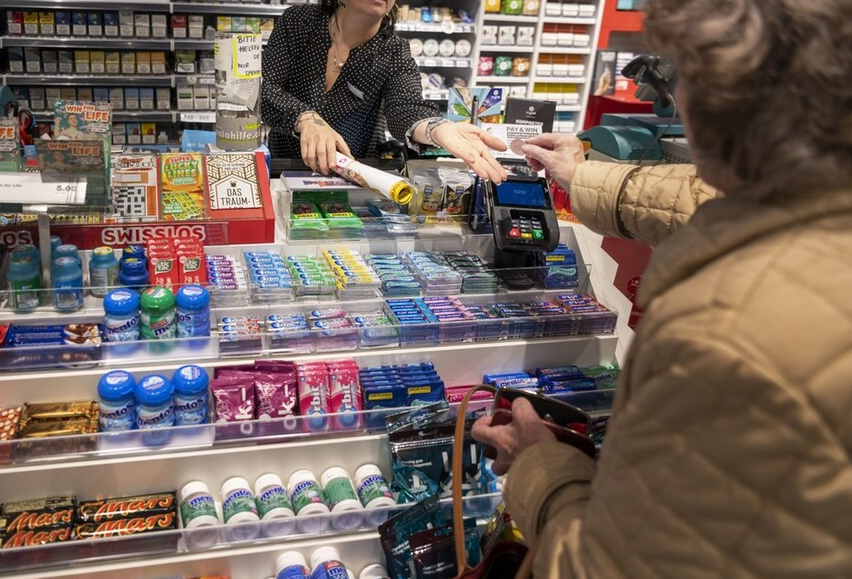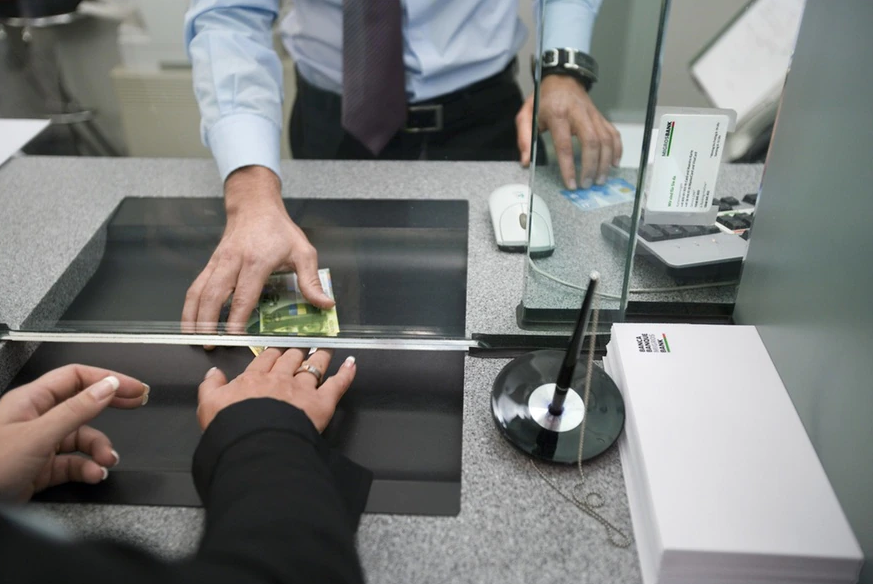Brazil is the world’s second-largest producer of soy after the US. Keystone / Andre Penner Six of the world’s biggest commodity traders have committed to help some of their largest indirect suppliers source soy sustainably in Brazil’s vulnerable Cerrado region. On June 21, Viterra (formerly Glencore Agriculture), Bunge, ADM, Cargill, LDC and COFCO – as part of a joint partnership called the Soft Commodities ForumExternal link (SCF) – announced their intention to get 19 indirect suppliers on board to help source soy sustainably in Brazil’s Cerrado landscape. All the traders except Viterra have a significant presence in Switzerland (head office, European headquarters or branch office). A common methodology for indirect suppliers has been developed with the aid of
Topics:
Swissinfo considers the following as important: 3.) Swissinfo Business and Economy, 3) Swiss Markets and News, Business, Featured, newsletter
This could be interesting, too:
Nachrichten Ticker - www.finanzen.ch writes Die Performance der Kryptowährungen in KW 9: Das hat sich bei Bitcoin, Ether & Co. getan
Nachrichten Ticker - www.finanzen.ch writes Wer verbirgt sich hinter der Ethereum-Technologie?
Martin Hartmann writes Eine Analyse nach den Lehren von Milton Friedman
Marc Chandler writes March 2025 Monthly
Six of the world’s biggest commodity traders have committed to help some of their largest indirect suppliers source soy sustainably in Brazil’s vulnerable Cerrado region.
On June 21, Viterra (formerly Glencore Agriculture), Bunge, ADM, Cargill, LDC and COFCO – as part of a joint partnership called the Soft Commodities ForumExternal link (SCF) – announced their intention to get 19 indirect suppliers on board to help source soy sustainably in Brazil’s Cerrado landscape. All the traders except Viterra have a significant presence in Switzerland (head office, European headquarters or branch office).
A common methodology for indirect suppliers has been developed with the aid of the Brazilian Association of Vegetable Oils (ABIOVE) and it is expected that half of the shortlisted indirect suppliers will be on board by the end of the year.
“This joint SCF and ABIOVE initiative is designed to send a strong market signal to producers that SCF members are seeking to do business with suppliers that are in line with SCF objectives, and are capable of tracing their own sourcing to guarantee it is deforestation- and conversion-free,” said a consortium statement.
An analysis of commodity sourcing published in Science AdvancesExternal link in April estimated that indirect sourcing accounts for between 12% to 42% of all traceable soy sourced from South America. Researchers in Switzerland have flagged indirect suppliers as the weak link in the supply chain of commodity traders when it comes to deforestation.
This lack of knowledge on indirect suppliers is causing “hidden” deforestation in the tropical savanna of Cerrado in Brazil. The unique landscape occupies a little over 20% of the country’s land area and is South America’s second-largest biome after the Amazon, hosting around 4,800 species of plants and vertebrates found nowhere else. The region also accounts for half of all soy grown in Brazil, the world’s second-largest producer of the crop after the US.
Brazil’s National Institute of Space Research (INPE), that has been monitoring the Cerrado for two decades, recently warned of the highest deforestation rate since 2015. Habitat loss of 8,531 square kilometers, equivalent to the size of the Greater Tokyo Area, had been recorded from August 2020 to July 2021.
Blind spot
Indirect suppliers (also known as tier 2 suppliers) are intermediaries that aggregate commodities from different sources. They supply commodities to the direct (or tier 1) suppliers from whom commodity traders buy soy from. While traders have become better at tracking where their direct suppliers source soy from (to avoid soy obtained by clearing wildlife habitats) they seldom have any idea what their indirect suppliers are doing or have any influence on them.
According to Lucie Smith, Senior Manager at SCF, some of the reluctance on the part of indirect suppliers to be more transparent can be attributed to the lack of expertise or capacity, as well as costs associated with implementing traceability systems and monitoring of their own suppliers. In addition, they are also worried about losing competitive advantage and creating mistrust among their suppliers when it comes to sharing information for auditing and compliance purposes.
Hence, pioneering efforts at traceability by SCF members in the region have focused primarily on direct suppliers in high-risk municipalities in the Cerrado. By this measure all six companies have succeeded in achieving the target set in 2018 of tracing at least 95% of their soy from 61 municipalities in the Cerrado to the farm where it was grown and directly purchased.
However, when indirect suppliers were taken into account the proportion of soy that could verified as deforestation-free varied from 64% to 92%. The more a company was reliant on indirect suppliers the lower the odds that it could guarantee sustainable soy sourcing from the area.
To address this gap, the six traders identified 19 indirect suppliers in the region with whom they had the most overlap. These suppliers will be provided the resources and finances to set up a monitoring and traceability system to determine where their soy comes from and whether it is linked to deforestation.
The initiative is unlikely to be expanded beyond the Cerrado unless the six commodity firms decide to scale up the scope of the SCF itself. However, according to Smith, some traders are using the lessons learned from the Cerrado to improve the traceability of their individual supply chains.
Tags: Business,Featured,newsletter

